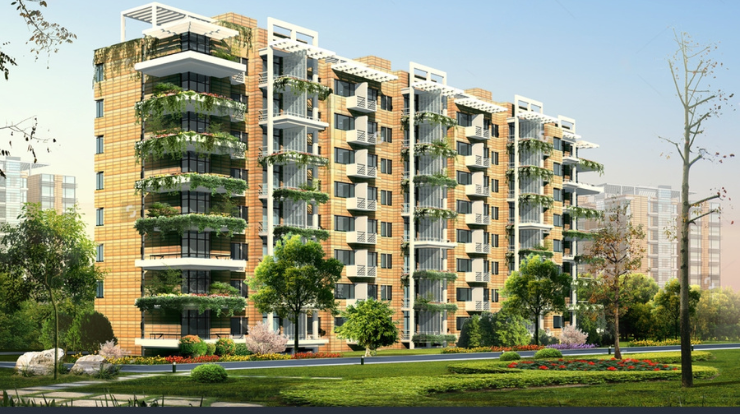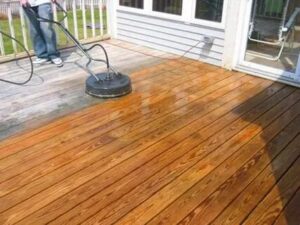Factors Affecting the Cost of Architectural Models in Dubai
Architectural scale models play a vital role in Dubai’s real estate market. They help developers, investors, and buyers visualize projects...

Architectural scale models play a vital role in Dubai’s real estate market. They help developers, investors, and buyers visualize projects before construction begins.
However, the cost of these models varies based on several factors. From materials and detailing to scale and technology, multiple elements influence pricing. Understanding these factors helps developers budget effectively and select the right model for their needs.
1. Size and Scale of the Model
The larger the model, the higher the cost. Scale models range from small tabletop versions to massive exhibition displays. Common scales include 1:100, 1:200, and 1:500, with larger-scale models requiring more materials, time, and detailing.
2. Level of Detail and Complexity
Highly detailed models with intricate facades, landscaping, and lighting cost more. Simple massing models, which only show building shapes, are more affordable. The complexity of windows, balconies, textures, and other architectural elements affects overall pricing.
3. Choice of Materials
Different materials impact both quality and cost. Common options include:
- Foam board (budget-friendly, lightweight, and easy to modify)
- Acrylic and plastic (durable, mid-range pricing, suitable for realistic finishes)
- Resin and 3D printed materials (high-quality, expensive, and ideal for fine details)
- Wood and metal (premium pricing, used for luxury presentations)
4. Use of 3D Printing Technology
3D printing speeds up production and enhances precision. However, advanced printing techniques and high-quality filament or resin increase costs. Complex 3D-printed models require specialized equipment and expert handling, further raising expenses.
5. Handcrafted vs. Machine-Made Models
Handcrafted models require skilled artisans and take longer to build, making them more expensive. Machine-made or CNC-cut models reduce labor costs but may lack the fine details that handmade models provide. The balance between manual craftsmanship and automation affects pricing.
6. Lighting and Interactive Features
Adding LED lighting to showcase interiors, streetlights, or nighttime effects increases costs. Interactive elements such as touchscreens, moving parts, or augmented reality (AR) integration further raise expenses due to additional technology and programming.
7. Landscape and Surrounding Details
A model that includes roads, trees, water features, and pedestrian walkways costs more than a standalone building. Realistic landscaping requires precision and quality materials, influencing the final price. The more detailed the surroundings, the higher the cost.
8. Customization and Special Requests
Some developers require models with removable sections, interchangeable parts, or unique branding elements. Custom-built features, such as detachable floors or rotating structures, add to production time and costs.
9. Transport and Installation Costs
Architectural scale models Dubai require careful transportation and setup, especially for exhibitions or showroom displays. The cost of shipping, packing, and on-site installation depends on the model’s size and fragility. Specialized crates and climate-controlled transport add to expenses.
10. Model Purpose and Longevity
Models designed for short-term presentations cost less than those intended for long-term use. Durable materials and protective enclosures increase costs but ensure longevity. Developers investing in permanent showroom models opt for higher-quality materials, raising the overall price.
11. Labor and Expertise Involved
Dubai is home to some of the world’s best model-making firms. Skilled professionals with expertise in architecture, engineering, and digital modeling contribute to pricing. The experience level of the model-making team impacts costs, as high-end firms charge premium rates.
12. Timeframe and Urgency
A rushed production timeline increases costs due to overtime labor, faster material procurement, and high-priority scheduling. Standard production timelines are more budget-friendly, while urgent projects may require additional resources, driving up prices.
13. Multi-Phase Model Development
Some large-scale projects require phased models that evolve over time. These staged models, which change as the project progresses, cost more due to modifications, upgrades, and additional detailing.
14. Branding and Presentation Enhancements
Developers often request branded bases, custom display stands, or glass enclosures for presentations. These additions enhance model aesthetics but contribute to overall costs.
15. Regulatory and Compliance Requirements
Certain models need to meet Dubai’s planning and regulatory standards. Compliance with urban planning guidelines may require extra detailing, which increases costs. Models used for government approvals must meet specific accuracy standards, adding to production expenses.
16. Integration with Digital Technologies
Some models include augmented reality (AR), virtual reality (VR), or smart interactive screens. These tech-driven enhancements add value but also increase the cost due to programming, hardware, and software integration.
17. Number of Replicas Needed
Developers who require multiple copies of a model for different locations benefit from economies of scale. However, producing several high-detail models still involves significant material and labor costs.
18. Exhibition and Trade Show Requirements
Models designed for real estate expos or international trade shows require extra durability, modular components, and enhanced presentation features. These models are often larger, transportable, and designed for high visibility, increasing costs.
19. Maintenance and Storage Considerations
Long-term storage or regular maintenance services add to costs. Models with delicate materials or intricate details require careful handling and periodic touch-ups, increasing expenses over time.
20. Market Demand and Supplier Pricing
Dubai’s real estate industry influences pricing trends for architectural scale models. High demand for premium models from luxury developers affects costs. Additionally, the choice of supplier, whether a local model-making firm or an international provider, impacts overall expenses.






